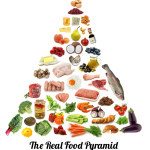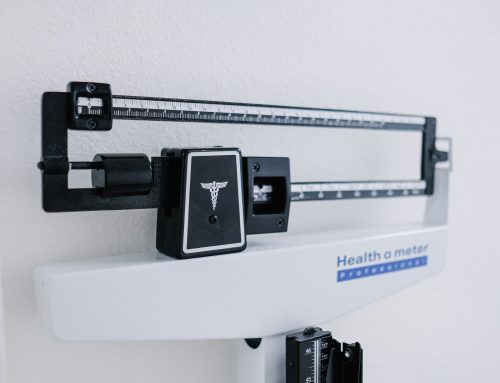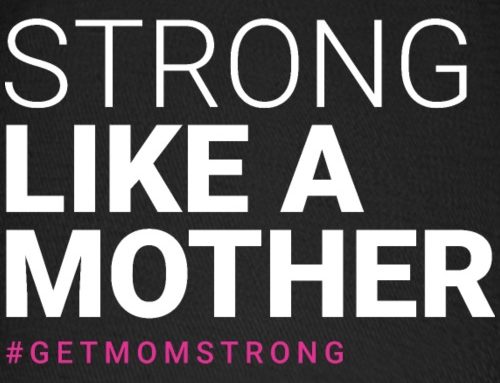 Obviously, I get this question all the time. The answer can be either complex or straight forward, depending on your current diet and health. However, there is a simple recommendation, that without fail, will be beneficial to every single person (no matter what!).
Obviously, I get this question all the time. The answer can be either complex or straight forward, depending on your current diet and health. However, there is a simple recommendation, that without fail, will be beneficial to every single person (no matter what!).
EAT MORE UNPROCESSED FOOD!
This change alone, can make a huge difference in overall health. It can also be an overwhelming challenge of navigating what foods fall into which category (processed or unprocessed), ingredients to stay away from, and where to purchase the best quality food for the lowest price.
Once someone is comfortable with shopping, preparing, cooking and eating unprocessed food, more complex questions often arise. Questions pertaining to macronutrient ratios (carbohydrate, fat and protein), timing of meals, portion sizes, food sensitivities, etc. These questions must be answered on an individual basis, as there are so many personal factors that affect those details. What works for one person, may very well not for the next. That’s not to say that there is only one way of doing things either. In order to figure out your perfect diet, it’s important to play around with different angles of eating and find which works best for you at the present time (and it can change as time goes on, also). So, be sure to keep an open mind and be flexible with your food intentions, as they can be ever changing. Remember, your body is your best science experiment and it will tell you what’s right and what’s not, but you have to listen!
The article “Why I am a Pegan- or Paleo -Vegan- And Why You Should be Too! by Dr. Mark Hyman, is a quick and concise read, on overall diet recommendations that everyone can benefit from. I am a huge fan of the Paleo Diet and lifestyle, but like everything else, saying “Paleo” is totally open to interpretation of what you think “Paleo” means. The variance in the Paleo lifestyle and eating plan, is as large as the vegan population. I’m sure we all know “that” vegan or vegetarian who eats loads of highly processed foods (vegan chicken nuggets, burgers, pizza, pasta, crackers, chips, etc), but yet this person doesn’t resemble the picture of health. The point I’m trying to make is, it’s less about what your call a diet, and more about what the actual food is and how it works for your body. I encourage you not to pigeon hole yourself into a specific type of diet, but rather choose principles that are backed by science and that make you feel and look your best.  Here are some highlights from the article and my extrapolation on some of them. I really encourage you to read the full article here, though.
Here are some highlights from the article and my extrapolation on some of them. I really encourage you to read the full article here, though.
Choose foods that follow these principles:
- Low Glycemic load- This means foods that don’t spike your blood sugar. Examples of high glycemic load foods, include: anything made with grain flour like pasta, cereal and bread products, as well as alcohol and foods or drinks with added sugar)
- High in veggies and fruits- Particularly the very colorful ones. I would opt for many more vegetables than fruits, and to choose fruits richest in antioxidant nutrients like berries. Vary them up, as many kinds as possible!
- Low in antibiotics, pesticides and hormones- This is applicable to meats, dairy products, fruits and veggies you purchase. Whatever substances are given to animals, via feed, medications or environment, you will be on the receiving end, when you eat the animal or milk product. You may think such a small amount can’t be damaging, but then again, how many times a day are you consuming these products? It can add up. I would consider prioritizing higher quality animal products, over produce. Check out this dirty dozen list for fruits and veggies!
- No chemicals- Referring to “fake” ingredients in foods, like high fructose corn syrup or sucralose (Splenda, no this is not natural!). Basically, things you don’t recognize on a label, and are not naturally occurring.
- Good quality fats- Examples include fats from good quality meats and fish, avocado, olives, olive oil, coconut oil and milk, nuts, seeds, and real butter.
- Adequate protein- A minimum amount would be around 0.8 grams per pound of body weight. The source is very important, as not all proteins are equally usable by the body.
- Organic, local and fresh- These are recommended to increase the micronutrients available in your produce. The longer produce sits at the grocery store, the more nutrients it looses. If you eat produce that’s been picked more recently and not shipped across the country, you could literally eat twice (or more) micronutrients in the same amount of food! Frozen fruits and veggies are also a great alternative. the freezing process doesn’t damage micronutrients.
- Fish- Wild caught and types that are low in mercury. This article by Chris Kresser, explains the misguided concerns about mercury in fish. If you are a vegan, get your essential DHA (Omega 3) from supplemental algea. If you don’t like fish and have given it many tries, supplement with a good quality fish oil. I like the brands Moss Nutrition, Nordic Naturals and Carlson’s. Here is our go-to way of cooking fish-6 minute salmon.
- Question Dairy- I recommend people pull out all dairy for a trail period of a few weeks. Many people are sensitive to it, but won’t know until it’s eliminated. If you find that dairy is fine for you, purchase organic. Grassfed is best, if you can find it. Fermented dairy like yogurt and keifer are great probiotic sources. Side note: I love Kerry Gold butter and cheese! (you can find it at Trader Joes and Whole Foods).
- Whole grains- If you choose to eat grains, make the majority of them unprocessed and whole (not in flour form). Keep amount on the low to moderate side (use like a side dish or condiment) and stick to the naturally gluten free grains like quinoa and rice.
- Beans (legumes)- Follow same principle as grains. Not often, and not as a main source of calories or protein (unless you are vegetarian). Be sure to use a soaking method like the one here, for maximal nutrient absorption and minimal negative impact of digestive health. I love this product by True Roots, available at Whole Foods.
- Meat- I do recommend it, but I really advocate for good quality sources (grass fed, pasture raised, wild caught). Local, if possible.
- Eggs- YES, do it! Try to buy free range or pasture raised. Local, if possible. Check out this recipe, if you’re looking for an easy breakfast idea. Make it once and eat it for days! If you don’t like eggs, try this Banana Bread recipe.
Thoughts? I would love to hear em! Leave them below!
 My office is open for in-person and virtual appointments. Here is the
My office is open for in-person and virtual appointments. Here is the 



